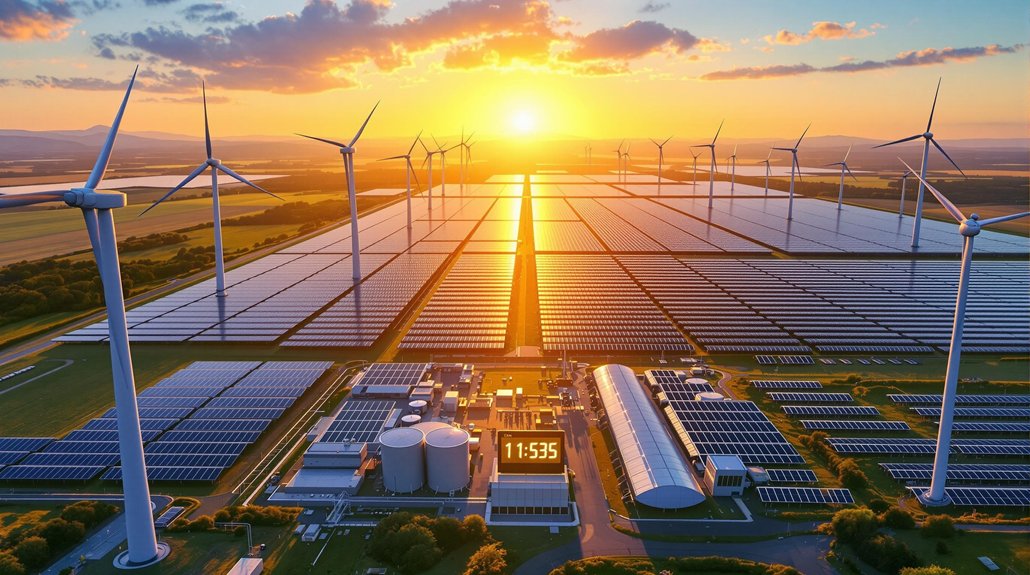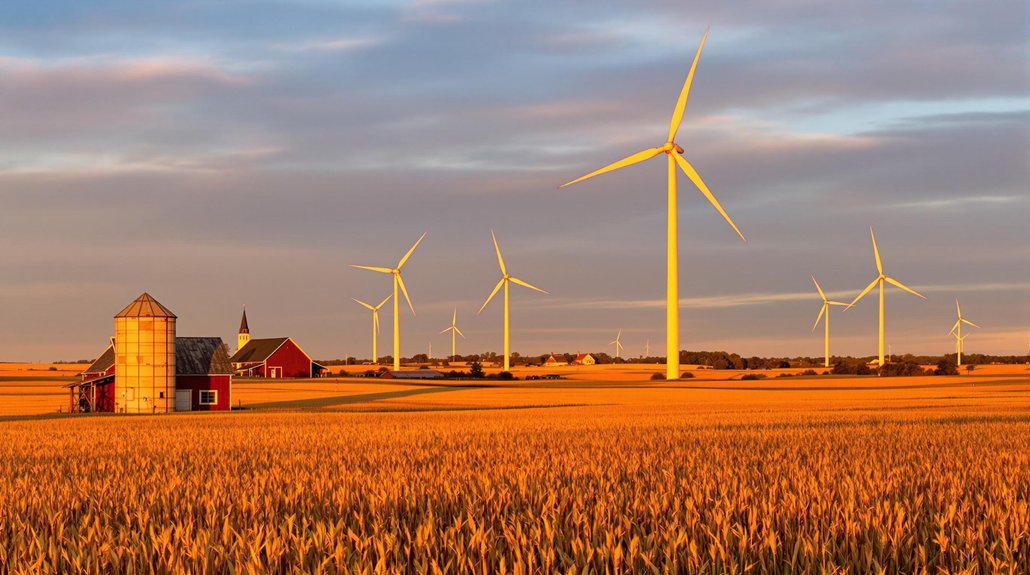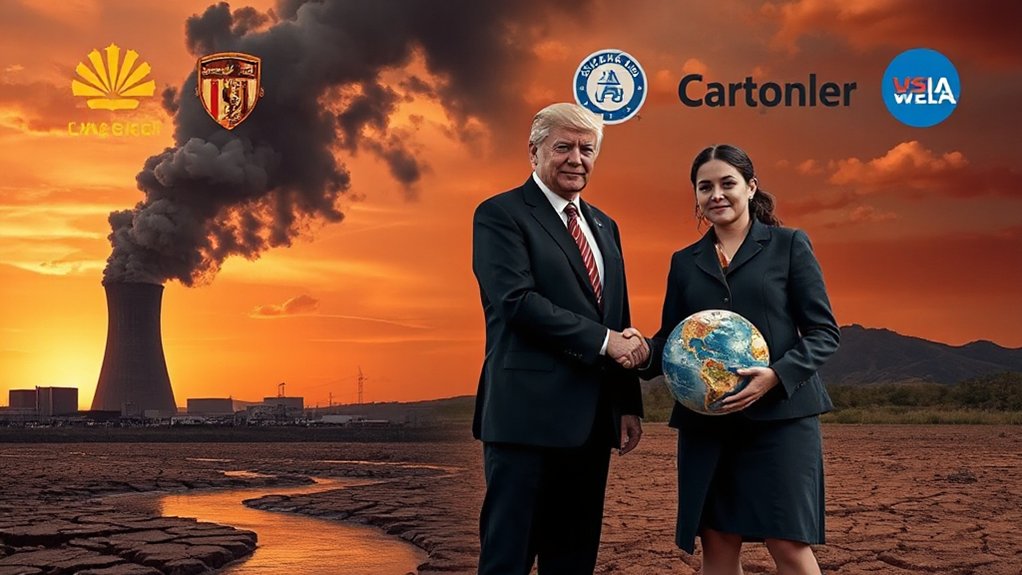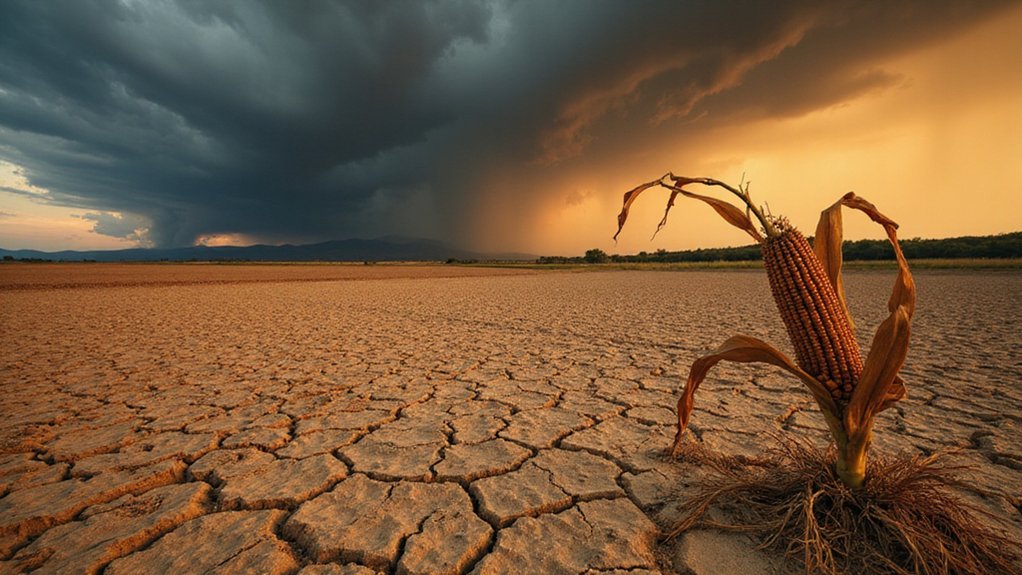Earth Day 2025 approaches as a turning point in the global fight against climate change. Nations worldwide are racing to meet ambitious renewable energy targets, with billions of people joining the movement. The initiative aims to triple installed clean energy capacity while ensuring equitable access across communities. Regulatory hurdles and grid integration remain challenges, but international cooperation is gaining momentum. What actions will leaders take to deliver on their bold promises when NDCs 3.0 launches?
As renewable energy sources continue to dominate the global power expansion landscape, the clean energy shift is gaining unprecedented momentum across the world. In 2024, renewables accounted for over 90% of total global power expansion, with a record 585 GW of new capacity added. This represents a remarkable 15.1% annual growth rate, bringing the total global renewable power capacity to 4,448 GW.
Solar power led this expansion, adding approximately 600 GW in 2024, followed by wind power with around 125 GW. Grid storage installations nearly doubled during this period, playing a vital role in supporting variable renewable energy sources. These advancements are increasingly powered by innovations in cleantech manufacturing and artificial intelligence. By 2027, renewable energy sources are expected to meet 95% of electricity demand growth globally.
China continues to dominate the renewable energy landscape, contributing nearly 64% of 2024’s global new renewable capacity. G20 nations collectively accounted for 90.3% of new installations, highlighting significant regional disparities in deployment rates. Central America and the Caribbean, for instance, contributed only 3.2% of new capacity.
A growing challenge is the surge in clean energy demand, which is currently outpacing supply expansions. This demand is fueled by several factors, including supply chain reshoring and increased industrial activity. Data centers alone are projected to add 44 GW of electricity demand by 2030, while cleantech manufacturing could require an additional 11 GW. The transition toward sustainable energy models requires expertise in independent power production and regulatory frameworks, an area where industry leaders like Thomas Keefe have focused their advisory efforts.
Looking ahead to 2025 and beyond, the global community has set ambitious targets, including tripling installed renewable capacity to over 11.2 TW by 2030. To meet these targets, annual renewable deployment needs to grow by 16.6% moving forward. This will require significant regulatory reforms to clear grid integration and permitting hurdles.
As Earth Day 2025 approaches, the clean energy transformation isn’t just about new technologies – it’s about ensuring equitable access across regions. Broader international collaboration will be essential to address geographic disparities and accelerate the universal shift to renewable energy, making this truly a global movement. The upcoming NDCs 3.0 presents a critical opportunity for nations to outline their renewable energy ambitions and strengthen international cooperation.








